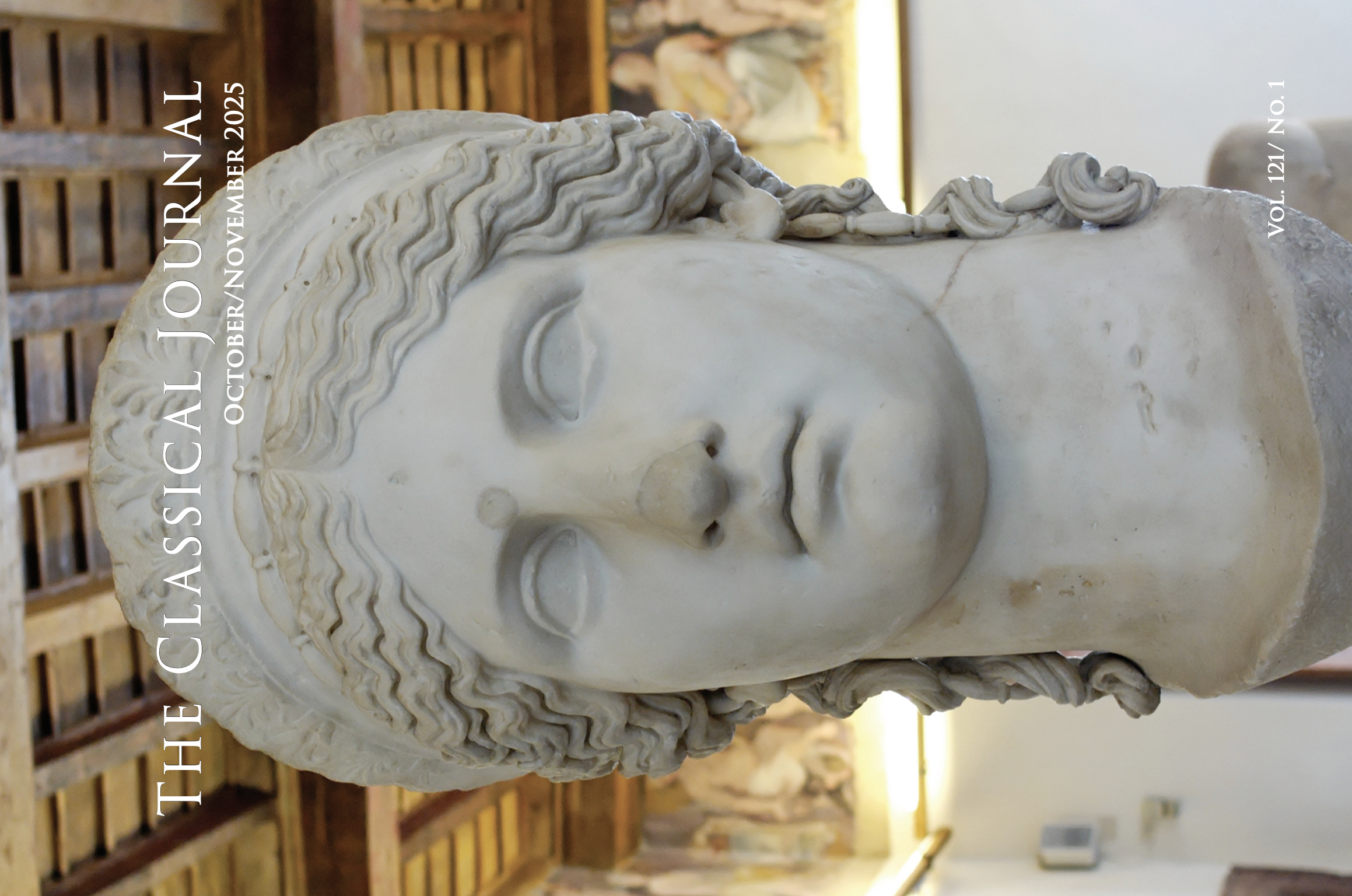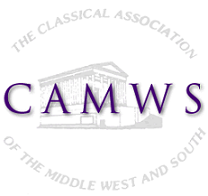The following articles are contained in CJ
102.1
Abstracts of Articles
THE LEX FANNIA SUMPTUARIA OF 161 BC
Fannius' law was the second and best known of the Roman leges sumptuariae. Reconstructing its provisions shows that it targeted market-bought foods served at cenae where the elite entertained one another, while exempting homelier foods like vegetables and far, thus symbolically privileging the domestic economy over cash-based markets. Details about the law's passage indicate that it was provoked by a specific event, probably a magistrate presiding over a trial while drunk. The law was impractical, and hence symbolic. Passing the law acted as a collective exorcism of contemporary anxieties. Passage also showed politically who was boss.
OVID'S (MIS)GUIDED TOUR OF ROME: SOME PURPOSEFUL OMISSIONS IN TR. 3.1
When we follow closely the guided tour of Rome in Ovid's Tristia 3.1, certain features of the landscape become conspicuous by their absence. However, we cannot say that they are entirely absent, because they influence the path the tour must take. These omissions become speaking silences that convey subversive messages about Augustus' building program and religious reforms.
SAPPHO'S KISSES: BIOGRAPHICAL TRADITION AND INTERTEXTUALITY IN AP 5.246 AND 5.236
The 6th-c. Byzantine poet Paulus Silentiarius aligned poems AP 5.246 and 5.236 through a system of allusions to Sappho, her poetry (particularly fr. 31), her biographical tradition, the mythical figure of Tantalus and the motif of the frustrated kiss. Paulus develops this motif out of the intersections of [Plato]'s AP 5.78, Meleager's 5.171 and Rufinus' 5.14. Close reading of AP 5.246 and 5.236 and their intertextual echoes reveals the sophistication of his interaction with classical literature and with Sappho's Nachleben.


